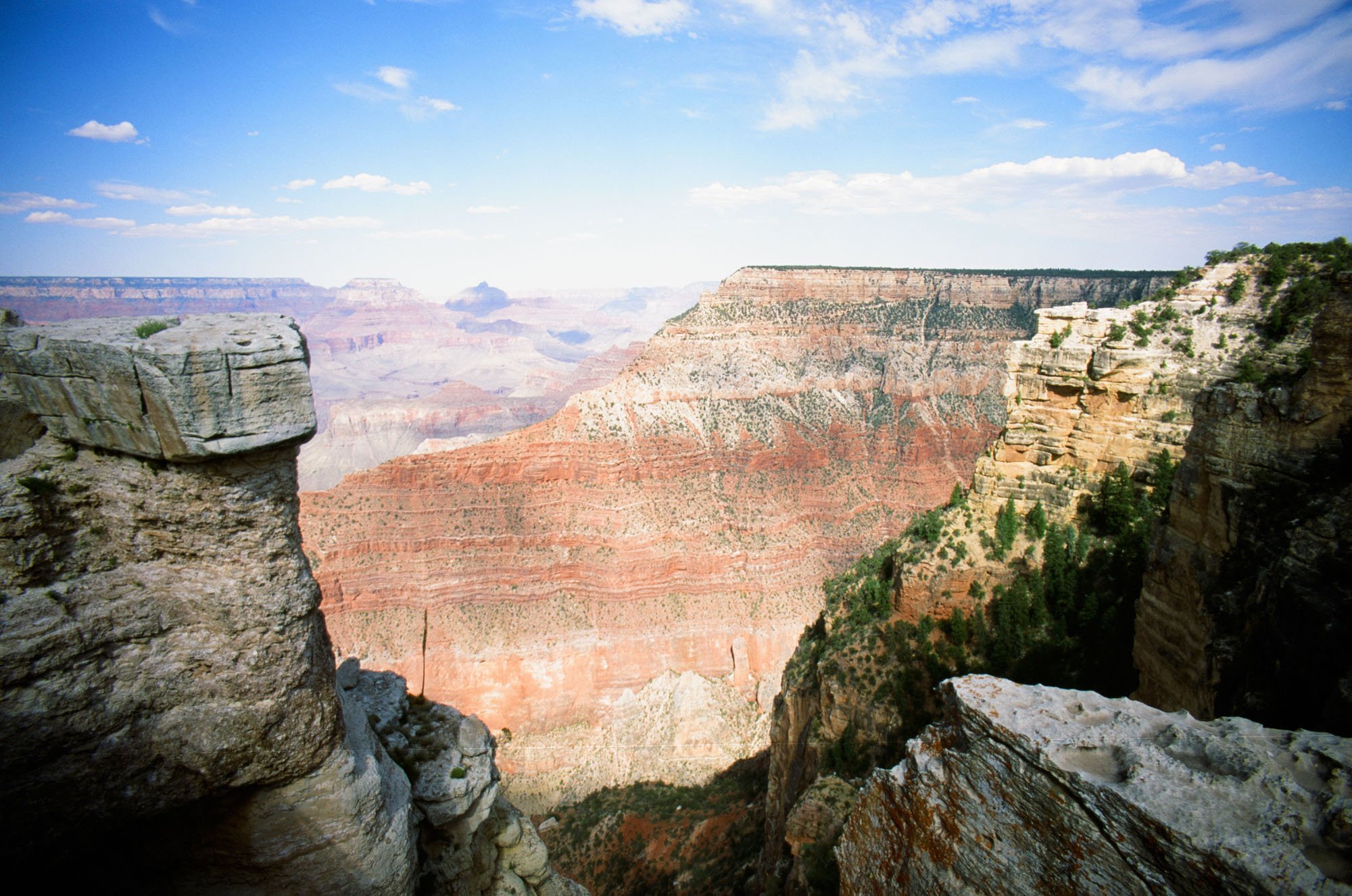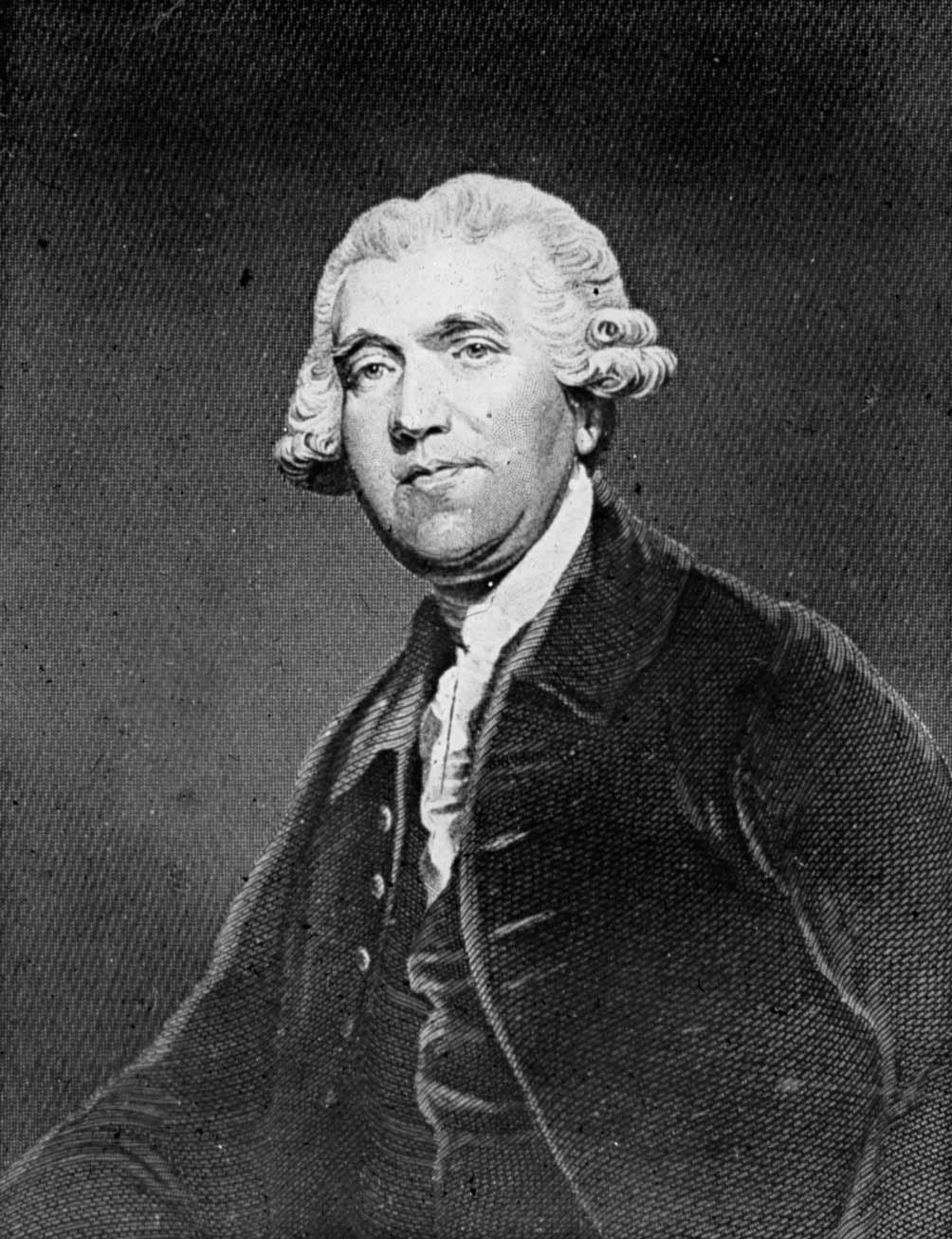UNESCO Global Geoparks are areas with an internationally important geological heritage that are managed holistically for protection, sustainable development and education. They don’t just focus on geology, but though and bring in other aspects of natural and cultural heritage, all of which benefits the local communities that are the most important aspect of any successful UNESCO Global Geopark.
At present, there are 127 UNESCO Global Geoparks across the world in 35 different countries. The UK has seven UNESCO Global Geoparks and has been instrumental in their global success and continues to be a world-leader in their development and evolution. Kirstin Lemon from the Geological Survey of Northern Ireland (GSNI), part of the British Geological Survey (BGS) tells us about her involvement:
In the summer of 2004, I was finishing off a PhD at Durham University when my sister called. ‘The Geological Survey is looking for a Geologist to work at the Geopark at Marble Arch Caves’ she said. My response was simple, ‘What’s a Geopark?’ Of course, by the time it came to my interview I knew a lot more, and in September 2004 I began my role as Geopark Geologist for the Marble Arch Caves and so began my adventure in Geoparks.

TITLE OF IMAGE
I am text block. Click edit button to change this text.
Marble Arch Caves UNESCO Global Geopark
My role at Marble Arch Caves initially began as Geopark development as a whole. Back in 2004, it was the first one in the UK and one of only 17 across the world, so there was a lot of work to be done. This included site development, devising education resources and putting together the first ever events programme. Over the next four years, my role changed, and I became responsible for facilitating our largest change to date, expansion across the international border with the Republic of Ireland, and in 2008 we became the first international cross-border Geopark in the world.
During the process and afterwards, I became much more involved in community engagement including delivering the Geopark Local Tour Guide Programme and working with local community groups to develop their Geopark sites. One of the most rewarding outcomes was developing shared education programmes that brought together schools from both sides of the community and allowed them to work together in a safe and encouraging environment, something that had not always been possible to Ireland’s troubled past.

TITLE OF IMAGE
I am text block. Click edit button to change this text.
Geological Survey of Northern Ireland
In 2012, I moved back to the GSNI in Belfast and now look after a small team that includes geohazards, tourism and information delivery. Through this role, I have been able to develop a much more strategic approach to UNESCO Global Geoparks. I have also worked hard over the past few years to raise the awareness and understanding of them on a national scale within BGS as a whole and with the UK geological community.
The UNESCO Global Geopark designation has provided a much greater opportunity for geoscientists to become involved in particular through public engagement of science in major topical issues such as geohazards and climate change, and this is an area where I am particularly passionate. I am very fortunate that my job allows me to be involved in UNESCO Global Geoparks at multiple levels. This is beneficial to both GSNI and BGS both through geological tourism and its positive impact on the economy, and also through the advancement of science and public engagement opportunities both within the UK and internationally.
UNESCO Global Geoparks are areas with an internationally important geological heritage that are managed holistically for protection, sustainable development and education. They don’t just focus on geology, but though and bring in other aspects of natural and cultural heritage, all of which benefits the local communities that are the most important aspect of any successful UNESCO Global Geopark.
At present, there are 127 UNESCO Global Geoparks across the world in 35 different countries. The UK has seven UNESCO Global Geoparks and has been instrumental in their global success and continues to be a world-leader in their development and evolution. Kirstin Lemon from the Geological Survey of Northern Ireland (GSNI), part of the British Geological Survey (BGS) tells us about her involvement:
In the summer of 2004, I was finishing off a PhD at Durham University when my sister called. ‘The Geological Survey is looking for a Geologist to work at the Geopark at Marble Arch Caves’ she said. My response was simple, ‘What’s a Geopark?’ Of course, by the time it came to my interview I knew a lot more, and in September 2004 I began my role as Geopark Geologist for the Marble Arch Caves and so began my adventure in Geoparks.

TITLE OF IMAGE
I am text block. Click edit button to change this text.
Marble Arch Caves UNESCO Global Geopark
My role at Marble Arch Caves initially began as Geopark development as a whole. Back in 2004, it was the first one in the UK and one of only 17 across the world, so there was a lot of work to be done. This included site development, devising education resources and putting together the first ever events programme. Over the next four years, my role changed, and I became responsible for facilitating our largest change to date, expansion across the international border with the Republic of Ireland, and in 2008 we became the first international cross-border Geopark in the world.
During the process and afterwards, I became much more involved in community engagement including delivering the Geopark Local Tour Guide Programme and working with local community groups to develop their Geopark sites. One of the most rewarding outcomes was developing shared education programmes that brought together schools from both sides of the community and allowed them to work together in a safe and encouraging environment, something that had not always been possible to Ireland’s troubled past.

TITLE OF IMAGE
I am text block. Click edit button to change this text.
Geological Survey of Northern Ireland
In 2012, I moved back to the GSNI in Belfast and now look after a small team that includes geohazards, tourism and information delivery. Through this role, I have been able to develop a much more strategic approach to UNESCO Global Geoparks. I have also worked hard over the past few years to raise the awareness and understanding of them on a national scale within BGS as a whole and with the UK geological community.
The UNESCO Global Geopark designation has provided a much greater opportunity for geoscientists to become involved in particular through public engagement of science in major topical issues such as geohazards and climate change, and this is an area where I am particularly passionate. I am very fortunate that my job allows me to be involved in UNESCO Global Geoparks at multiple levels. This is beneficial to both GSNI and BGS both through geological tourism and its positive impact on the economy, and also through the advancement of science and public engagement opportunities both within the UK and internationally.
Home → What’s On → Publications → How a Geologist Rocks at UNESCO
Read more Long Reads from our experts and browse our publications.
Male evening subdue heaven Is, seas great creepeth under second evening from give theyre upon third give void bring fowl image years.
Home → What’s On → Publications → How a Geologist Rocks at UNESCO









